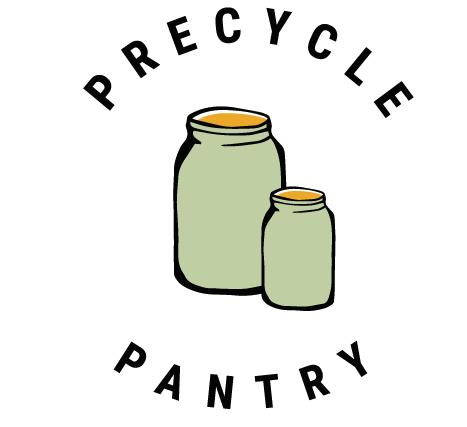We have all heard about the negative impacts online shopping has for the environment. Picture all those trucks heading into all different suburbs to deliver your express gadget to your home. In the same way, driving to a store generally involves transport emissions, not to mention a lot of people tend to do several trips for single purchases.
So, which one has the smallest carbon footprint?
According to Professor McKinnon and Research Associate Edwards in a supply chain report from The Chartered Institute of Logistics and Transport, whereas the product you purchase has been made in China or in a field in your city, the “last mile” or the transport from the warehouse or shop to your home generally generates more carbon emissions than all the logistical activities that happened before that. If you think about it, having a delivery truck that is already making dozens of other trips in your area dropping off your groceries sounds more efficient than hopping in your Prado and driving 8 km to pick up your dinner ingredients.
Mckinnon says most of the time delivery tends to be better than in-store shop. He says the parameters of an average home delivery round in the UK are 120 drops on a 50-mile round trip, which produces 50 pounds of C02. Whereas a typical drive to a store averages 13 miles there and back, which generates 24 times more C02. You would have to pick up over 24 products to break even, he writes.
However, reality tells us something different. According to Our Changing Climate, the last couple of years, companies like Amazon started to send out delivery vans half-empty just to meet customer’s demands, which means more emissions, as they will have to make multiple trips from warehouses and homes. Packaging is another story; often products you buy in marketplaces get shipped at different times as they come from different facilities so they are packed in their own boxes.
In addition, Our Changing Climate references a study that found that on average boxes contain 20% of wasted space which is then filled with other material like; paper, plastic, bubble wrap or Styrofoam, which ultimately finds its way to our oceans and landfills. Not to mention the times that home deliveries “fail” as there is no one home and they have to make several trips back to be able to deliver. Despite all these negatives for home deliveries, a study from MIT from Professor Weideli says online shopping has still the less impact on the environment.
This assumption is comparing traditional shoppers who make special driving trips for single purchases. But we know not everyone does that. A lot of people walk, bike or take public transportation and also buy many items on a single shopping trip.
Are there any other alternatives or efforts being made?
Some companies are already making efforts and pledging to reduce their emissions. Amazon is looking into having half of their shipments to be “net zero carbon” by 2030 with the help of technology like: electric vehicles, drones and even robots.
Besides the tech alternatives, there are many low-tech options that are already paving the way to low-carbon emissions. Many cities in Europe have delivery companies using bicycle couriers for zero-emission meal deliveries from local restaurants. Other services like Precycle Pantry are offering local and package-free delivery options to reduce carbon emissions from unnecessary waste. Click here to see what we offer.
What is the answer to shop more sustainably?
Unfortunately there is no straight answer because there are a lot of factors that play part in this. In-store shopping can have more carbon emission that online-shopping and vice versa. But don't worry, there are still a few things you can do to reduce your consumer impact and to make sure you are shopping as sustainable as you can:
- Bundle your orders; make sure they come from the same place if possible. If you buy in-store, try and buy as many items as possible to compensate the drive.
- Ride a bike or walk to your store or choose low-impact delivery options.
- Do your research and make a quick search on what the company where you are purchasing your goods is doing to minimise their impact.
- Avoid the express delivery option.
- Make sure you are home when your delivery arrives or leave them a note that they can place it at a safe place if no one is home.
- Don’t binge shop. One of the biggest downfalls of online shopping and how easy it is to do so, is that it prompts consumers to binge shop without thinking of the consequences. Don’t get items or food you don’t need, and try and order as much as you need at once from the same place if possible to avoid several trip emissions.
- Precycle (purchase package-free items) as much as you can.
- Grow as much food at home as possible, this will reduce food-miles and avoid unnecessary packaging. It's also super healthy, rewarding and good for your wallet!
There is no doubt that the real answer to the most sustainable practice is to not purchase anything at all, but we all know that this is not realistic. So the least we can do is to try and become conscious consumers and choose the greener options depending on what is accessible for us.
Photo credit shout out to Mike Petrucci

